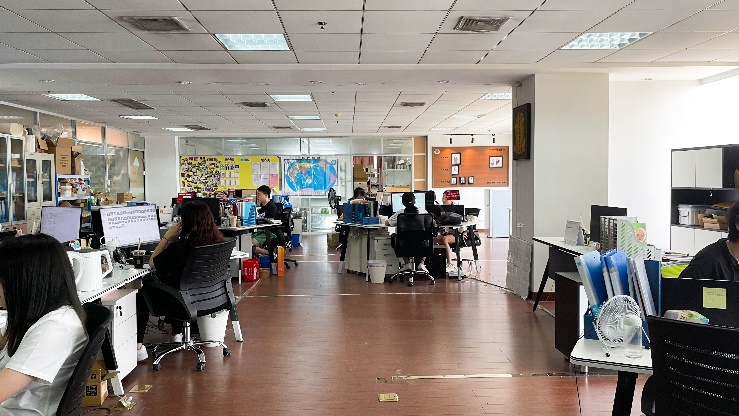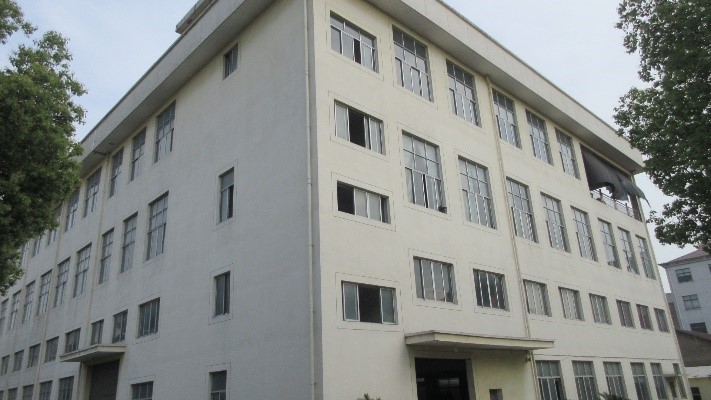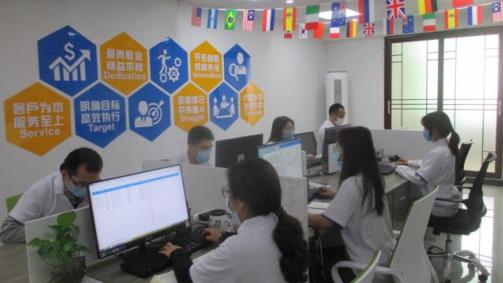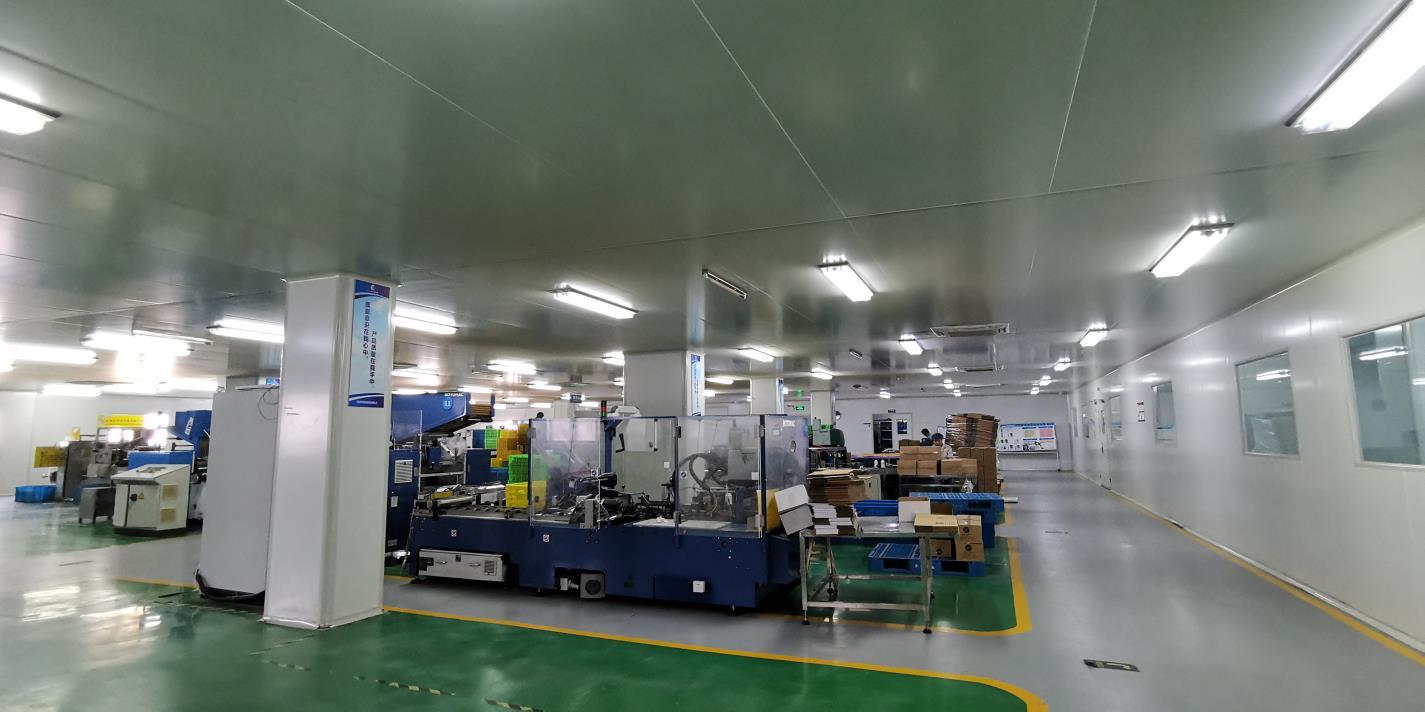

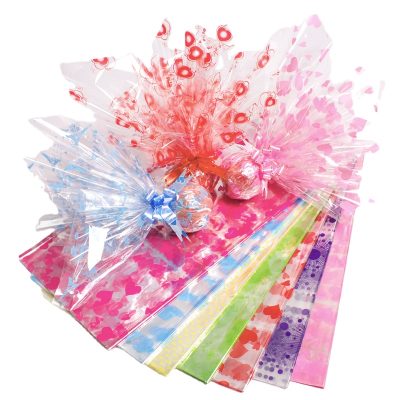
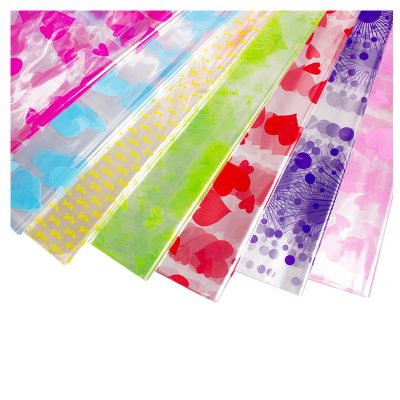
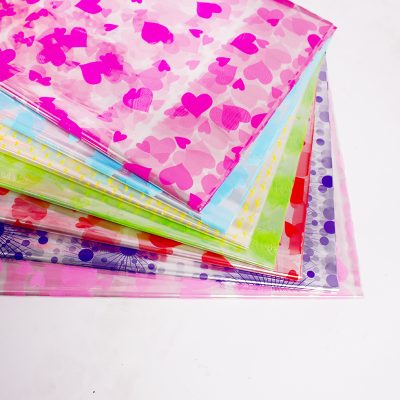
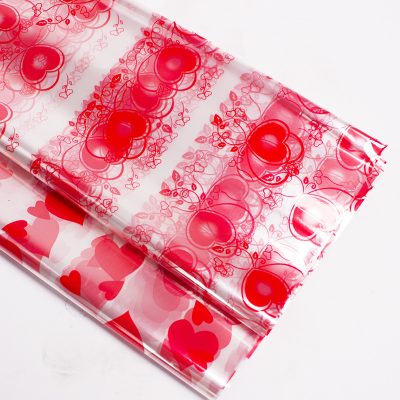
| Product name | Cellophane Paper |
| Color | white,yellow,green,other colors to be made according to customer’s requirement |
| Size | 8*35CM |
| Weight | 335g |
| MOQ | 10 |
| Materials | pure cotton pulp,cellophane paper,colored cellophane paper,transparent cellophane paper,cellophane paper for food,color cellophane |
| Package | according customer requirement. |
| Usage | Color Cellophane is widely used in chromatic packaging or food,medicine and other high-grade products |
| Packaging & Delivery | In sheet or in roll |
| Packaging Details | Packaging:1)with PE,craft ,case for sheet cellophane ream per case as per your requirement. 2)3” core roll, usuaral lenght from 2000m-4000m.Packaging:6 or 9 finished rolls per pallet, core plugs to be used on each end ,protective corrugated board to be used on top secured with plastic warp on top and sides, Iron straps to be used to secure entrie assembly to pallet. |
Cellophane is a film-like product made of natural fibers such as cotton pulp and wood pulp by gluing. It is transparent, non-toxic and tasteless. Because air, oil, bacteria and water are not easily permeable through cellophane, it can be used as food packaging. There is moderate stiffness. Has good tensile strength, gloss and printability. The production method is different from papermaking and similar to the rayon process. Using refined chemical wood pulp or cotton linter dissolving pulp with high α-cellulose content as raw material, alkali cellulose is obtained by alkalization (18% sodium hydroxide), pressing, crushing and other processes, and then adding carbon disulfide after aging to make alkali cellulose It is yellowed into cellulose xanthate, which is dissolved in sodium hydroxide solution to make orange-yellow cellulose viscose. The viscose is aged at a temperature of 20-30°C, and filtered to remove impurities and bubbles, and then extruded from a long and narrow gap in a film drawing machine, and then flows into a coagulation bath of a mixed solution of sulfuric acid and sodium sulfate. , to form a film (regenerated cellulose film), and then processed by washing, desulfurization, bleaching, desalination and plasticization (glycerol and ethylene glycol, etc.), and finally made by drying. It is used for the packaging of medicines, food, cigarettes, textiles, cosmetics, precision instruments and other commodities.
After using it to package items, it can prevent rust, moisture and pollution. However, cellophane also has shortcomings: high longitudinal strength, low lateral strength, poor tearing degree, and it will break as soon as a slight crack is torn. Cellophane is also hydrophilic, so it can absorb water. It often sticks when it encounters water, and the paper sheets are easy to stick together after being heated. The characteristics of cellophane are high transparency, strong gloss, and especially bright color after printing pictures and texts, which cannot be achieved by plastic films; good printability, no need to go through any treatment before printing, and cellophane also has antistatic properties, which is not easy to achieve. It absorbs dust and avoids the occurrence of printing failures such as sticking and dusting of graphics and text, but it has poor moisture resistance, and the film is easily deformed by the influence of temperature and humidity, which makes it difficult to register graphics and text during printing.
